
In the world of electronics, components come in various shapes and sizes, each with a unique function. Among these, the dip switch stands out as a versatile and often misunderstood device. So, what is a dip switch, and why does it matter?
A dip switch, short for "dual in-line package switch," is a small, manual electric switch that typically consists of multiple individual switches housed in a single unit. These switches are designed to be set in one of two positions, usually "on" or "off," to control various electronic functions. Unlike a regular toggle or push-button switch, a dip switch is meant to be set and left in a specific configuration, rather than constantly switched on and off.

The beauty of the dip switch lies in its simplicity and versatility. It can be used in a wide range of applications, from setting the clock speed of a computer's processor to configuring the channels on a wireless router. Dip switches are also commonly found in industrial settings, where they might control machinery functions or adjust system parameters.
Connecting a dip switch is a straightforward process, but it requires precision and attention to detail. Here's a step-by-step guide to help you navigate the process:
Identify the dip switch: Locate the dip switch on the device or circuit board. It will typically have a series of small levers or slides, each representing an individual switch.
Understand the configuration: Before making any changes, it's crucial to understand the current switch configuration and its purpose. This information can usually be found in the device's manual or by consulting the manufacturer.
Set the switches: Using a small tool like a screwdriver or a specially designed dip switch setter, gently move each switch to the desired position. Be careful not to apply too much force, as this could damage the switch or the surrounding circuitry.
Verify the settings: Once you have set the switches, double-check to ensure they are in the correct positions. A misplaced switch can lead to unexpected behavior or even damage to the device.
Test the configuration: After verifying the settings, it's essential to test the device to ensure it functions as expected. This might involve powering on the device and observing its behavior or using specialized testing equipment.

When working with dip switches, there are a few key considerations to keep in mind. Firstly, always refer to the manufacturer's guidelines for specific instructions and safety precautions. Secondly, be mindful of static electricity, which can potentially damage sensitive electronic components. Finally, if you're unsure about any step, it's always best to seek professional advice or assistance.
If you want to learn more about related content, please continue to follow our official website: www.socoje.com
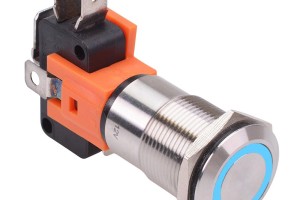
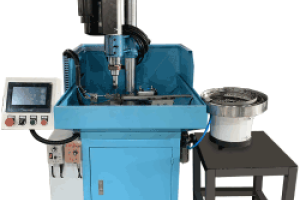
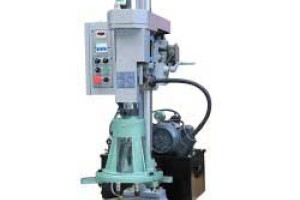
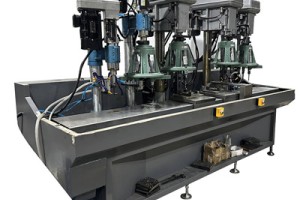

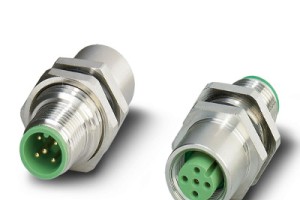
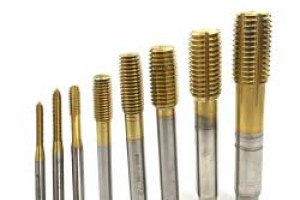
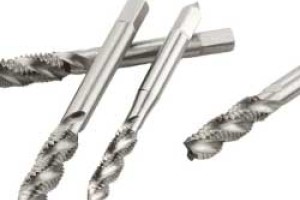
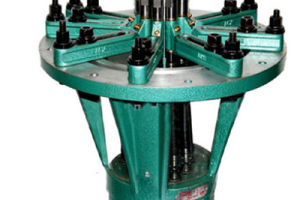
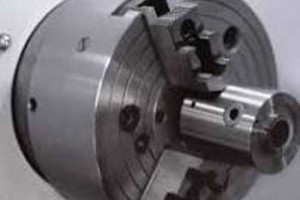
Leave a comment